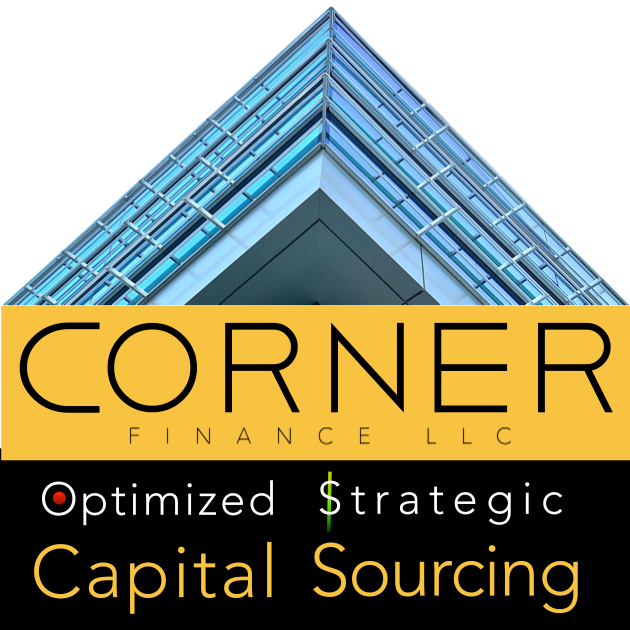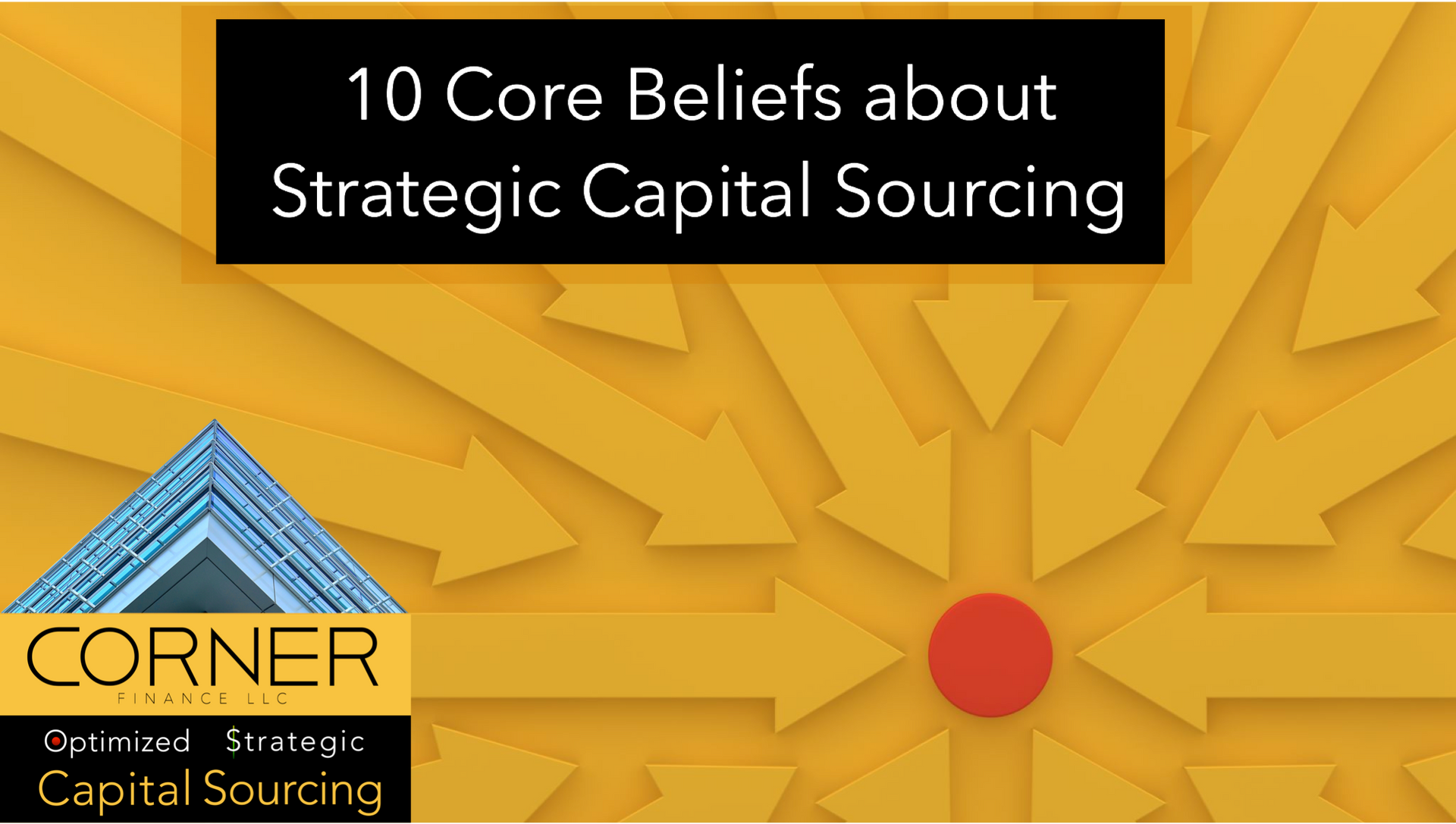Part 2: COMMON OBSTACLES THE CFO MAY ENCOUNTER: CFO Cash Flow Stability and Financing Optimization for Turnaround to Growth Situations
Navigating these challenges requires the CFO to employ strategic thinking

Part 1 - Immediate Tasks and Objectives (LlinkedIn)
Part 2 (today) - Common Obstacles the CFO May Encounter
Part 3 - CFO Mistakes and Blind Spots
Part 4 - Expert Insights on Capital Structure Optimization
COMMON OBSTACLES THE CFO MAY ENCOUNTER
Systemic and situational obstacles a CFO faces in optimizing debt create a series of difficulties for cash flow stability in uncertain economic downturns. Navigating these challenges requires the CFO to employ strategic thinking, proactive capital sourcing initiatives, robust negotiation skills, and clear communications.
Cash Flow Inconsistencies
Irregular cash flow from decreased demand, poor receivables management, or operational inefficiencies, severely impact the company's ability to meet its financial obligations. This unpredictability can lead to difficult planning, a lack of confidence, resulting in limited or more costly access to capital.
High Cost of Current Debt
Existing debt may have unfavorable terms and high fees, which strain the company's finances, as in a tight-turnaround situation. High costs not only demand more cash to service debt but limit funds available for other crucial investments, and lower the return on investment.
Difficulty in Securing Funding at Favorable Terms
Securing new funding at favorable terms becomes increasingly difficult as funding sources become risk-averse, fearing that the company might not withstand its financial distress. Without professional support for sourcing strategic capital, such as CORNER, may force the CFO to accept capital with prohibitively high costs or unfavorable conditions that further strain its financial health.
Underinvestment in Key Areas
Limited funds might lead to underinvestment in critical areas such as updating technology, new product development, or market expansion, which are essential for the company's recovery and growth.
Stakeholder and Market Confidence
Shaky stakeholder confidence due to a history of underperformance and financial instability can negatively affect everything from vendor terms to customer relationships and investor support. Skepticism can result in tightened credit terms, reduced investments, and a general decrease in support, which can be critical for the company’s survival. Accessing new capital, from reputable sources, can help restore stakeholder confidence, signal stability, and showcase the potential for future growth.
For more information, visit the CORNER website: www.CORNERfinance.com
See other articles that we have published:
10 Warning Signs that You May Have a Wrongly Matched Funding Source
Turning Troubled Debtor Status Into An Opportunity
10 Core Beliefs about Strategic Capital Sourcing
#cashflow #cfo #capitalsourcing #financingoptimization #cornerfinance


















